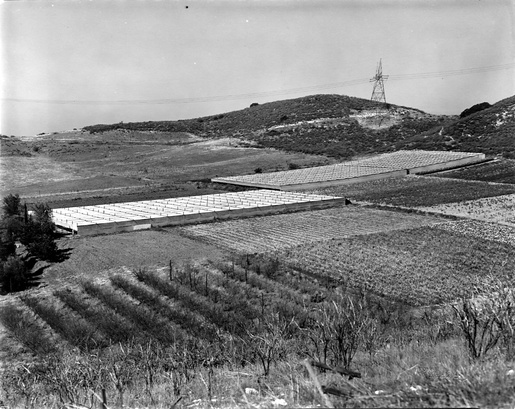

Japanese American History from Early Immigration to Present Time
 nicolemyoung
nicolemyoung
|

|
||
| Licensing | ||
Alien Land Laws/Immigration Act
1913- Alien Land Laws were enacted by various western states that prevented Japanese (and other Asian) immigrants from purchasing agricultural land. First enacted in the 1910s, the laws generally remained in effect until after World War II. California was the first state to enact an Alien Land Law in 1913 that prevented ownership of land by “aliens ineligible to citizenship” and restricted leases by such people to three years.
1922- On October 16, 1914, Takeo Ozawa filed for U.S. citizenship but his petition was denied by the U.S. District Attorney of the District of Hawaii. Eventually, the case was appealed up to the U.S. Supreme Court and Takao Ozawa, a Japanese man, was found ineligible for naturalization by the Supreme Court. In 1922, Takao Ozawa filed for United States citizenship under the Naturalization Act of June 29, 1906 which allowed white persons and persons of African descent or African nativity to naturalize. He did not challenge the constitutionality of the racial restrictions, and instead, attempted to have the Japanese classified as "white." Justice George Sutherland found that only Caucasians could be considered white, and therefore the Japanese, were not white and instead were members of an "unassimilable race," lacking provisions in any Naturalization Act.
1924- A United States Federal Law was passed known as the Immigration Exclusion Act of 1924, that essentially ended all further Japanese immigration to the United States. The enactment of this act, with its provisions of Japanese exclusion, represented a final victory after nearly two decades of agitation by the anti-Japanese movement. The act infuriated Japan and adversely affected U.S.-Japan relations. Japanese immigration would be curtailed until 1952 (with the exception of post-World War II war brides of American servicemen).
Based on this original

|
Settling in the San Fernando Valley, CA |
 Japanese American History from Early Immigration to Present Time
Japanese American History from Early Immigration to Present Time
 Journal feed
Journal feed
